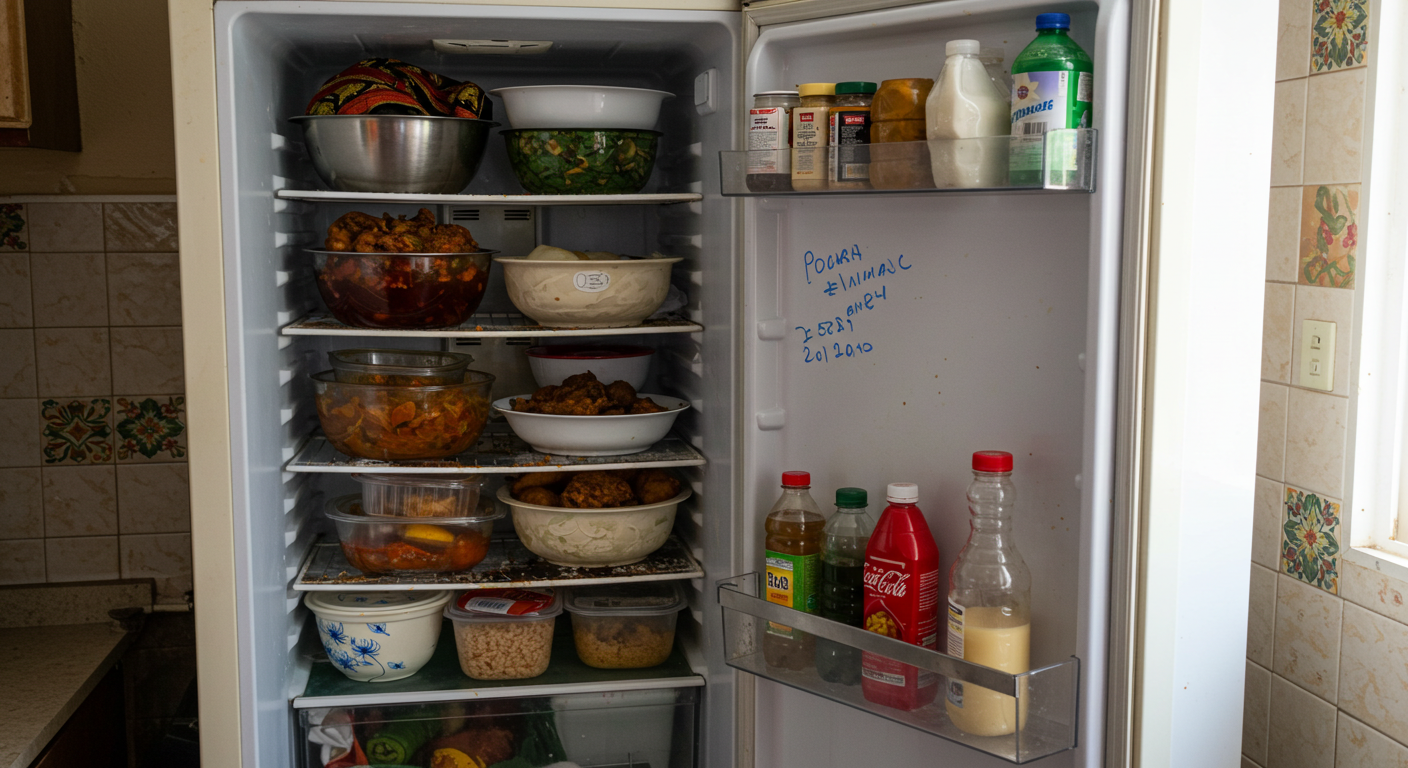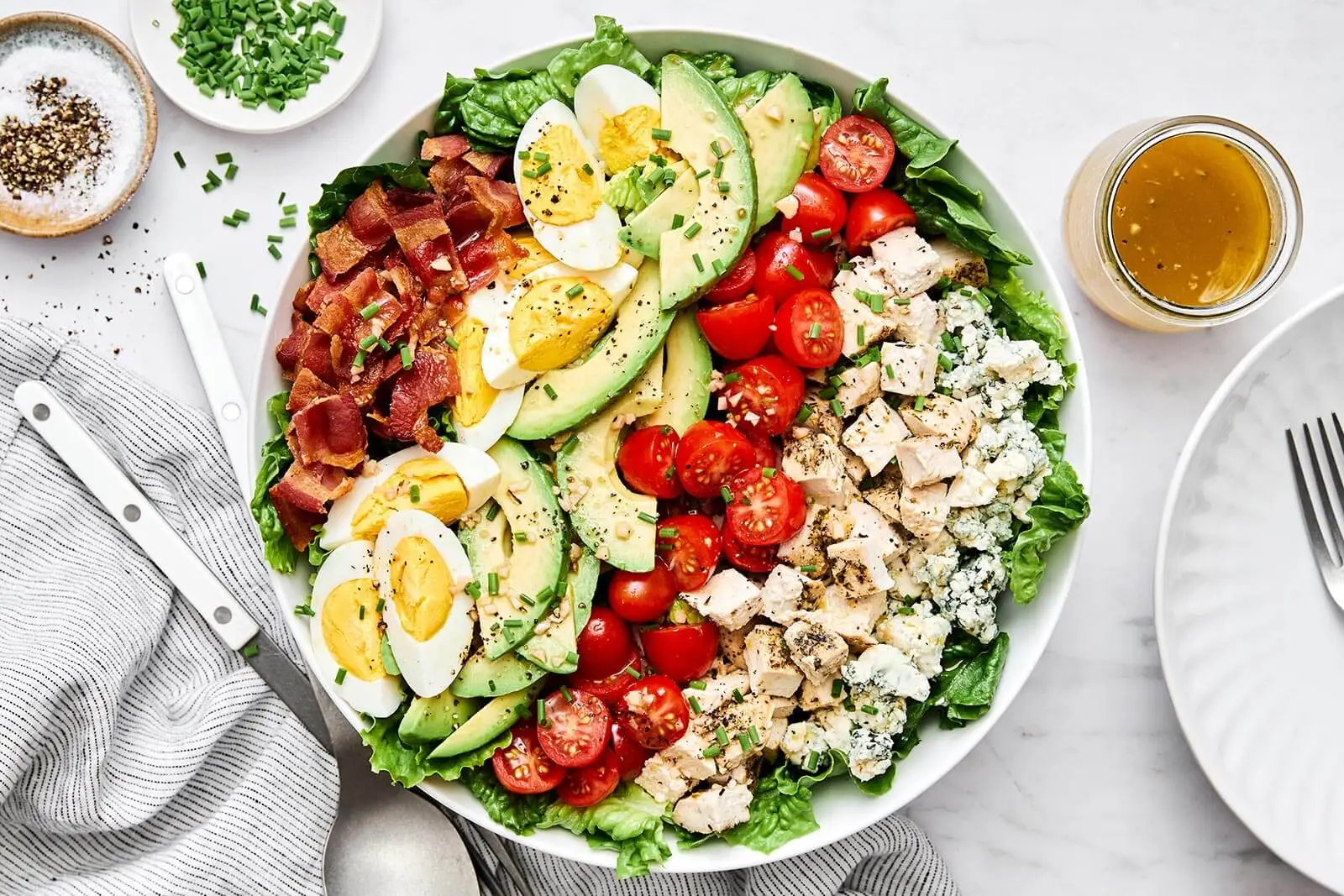Hi, I’m PADDIE — your everyday safety buddy.
Let me say it as clearly as possible:
Food doesn’t have to smell bad or look weird before it becomes unsafe to eat.
You may have made that delicious pot of jollof, beans, soup, stew — or even just cut some fresh fruits — but what happens after the cooking or prepping is what truly determines how safe it is to eat later.
Food poisoning is more common than you think, and it’s not always from “outside” food. It could very well be something from your own fridge or kitchen.
Let’s fix that.
Here are six food storage mistakes many people make — and how to avoid them:
1. LEAVING HOT FOOD OUT FOR TOO LONG
Many people wait for food to “cool down properly” before refrigerating it. But after two hours, bacteria start to grow rapidly. If the weather is warm, the window is even shorter. You don’t have to wait till food is cold — once it’s no longer piping hot, pack it in clean containers and refrigerate.
2. STORING FOOD IN OLD TAKEAWAY PLASTICS
Those plastic containers from the restaurant might look handy, but they’re not always safe for reheating or long-term use. Some release harmful chemicals when heated. Invest in food-safe containers — especially those labelled BPA-free.
3. STUFFING THE FRIDGE WITHOUT AIRFLOW
If your fridge is overloaded, cold air can’t circulate. That means some parts won’t stay cool enough to keep food safe. Organise your fridge properly. Don’t just shove things in. Air needs to move freely.
4. IGNORING LEFTOVER LABELS
When did you keep that stew? Was it three days ago… or six? You shouldn’t have to guess. Use masking tape or sticky notes to label containers with the date you stored them. It makes decision-making easier — and safer.
5. MIXING RAW AND COOKED FOOD
Raw meat should never sit next to cooked rice. Or raw fish next to ready-to-eat salad. Always separate raw from cooked. It’s not just hygiene — it’s health and safety.
6. ASSUMING THE FREEZER MAKES FOOD IMMORTAL
Freezing slows bacteria, but it doesn’t kill all of them. And once thawed, food starts aging rapidly. Don’t leave thawed food lying around. If you defrost, cook it. If you’re not ready, don’t defrost.
Proper storage isn’t just a domestic skill — it’s a safety habit. Food that’s handled with care keeps you and your family out of the hospital.
That leftover jollof? Don’t let it be the reason you fall sick.
I’m PADDIE — your everyday safety buddy.
And I’ll help you spot the danger before the danger spots you.
Know someone who loves batch-cooking or fridge-stocking? Share this with them. It could save a life or a weekend.



